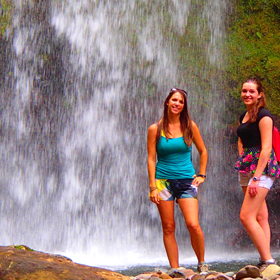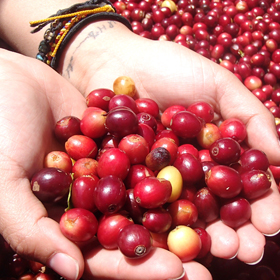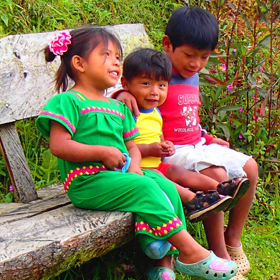Health and Safety
Health and Safety in Panama
Health conditions are generally quite good in Panama and it’s highly unlikely that you’ll contract any diseases while traveling here. In fact, the country has not had a single case of yellow fever since 1974, polio since 1972, diphtheria since 1981, and cholera since 1993. Panama has clean drinking water throughout most of the country and its towns are well stocked with doctors and pharmacies.
One of the easiest ways to avoid illness is to protect yourself from insect bites. This is especially important if you’ll be spending time in rural areas. Use insect repellent, wear long-sleeved shirts and long pants, and sleep in screened-in rooms. This should keep you bug free.
With recent media attention of Zika virus, countries of South and North America, Asia, and Africa have transmission cases. It is best to stay out of extremely rural areas and deep jungle, such as in Panama, only the Darien and the islands of San Blas. Most other places in Panama are perfectly fine and safe to travel to.
Before your trip, visit a travel doctor for any necessary vaccinations or antimalarial medication. Antimalarial medication needs to be started at least a week before traveling, so plan in advance. For the most up-to-date information on health conditions in Panama, visit the Center for Disease Control’s (CDC) website, www.cdc.gov/travel.
Vaccinations
The type of vaccinations you may want will largely depend on where you plan to go. Travelers staying within Panama City and the Panama Canal area won’t need much, while those planning on trekking through the jungle will want more extensive protection. Note that vaccinations can change, so again, it’s best to check out the current requirements through the CDC or with a doctor.
Visitors to Panama should have their routine immunizations up-to-date, including tetanus-diphtheria and measles-mumps-rubella. The CDC also recommends travelers be vaccinated against hepatitis A, hepatitis B, and typhoid fever. Those who plan to spend time in rural areas should be vaccinated against rabies and yellow fever, and may want to take an antimalarial medication. Travelers coming from an area where yellow fever is endemic – including tropical South America and sub-Saharan Africa – should have proof of yellow-fever vaccination.
Many visitors to Panama will not need to take antimalarial drugs, especially if their trip is limited to Panama City and the Canal Zone. The risk of contracting the disease is greatest in the Darién and the Cormarca de Guna Yala (San Blas Islands). Some of the most rural parts of the Bocas del Toro and Veraguas provinces also pose some risk. Still, unless you plan on spending tons of time outdoors or sleeping in rooms without screened windows, you may be fine without medication. As always, it’s best to consult your doctor to discuss your options.
Doctors, Clinics, and Hospitals
Panama has excellent doctors and medical facilities. Many of the nation’s doctors were trained in the U.S. and speak English. The best facilities are in the larger cities, most notably Panama City and David, but there are health centers, clinics, and rural hospitals throughout the rest of the country. Pharmacies are abundant and are stocked with all kinds of prescription and nonprescription medicines; they also sell condoms and birth control. Serious medical issues should be treated in Panama City.
Crime
In general, Panama is very safe. Its citizens tend to be friendly with travelers and violent crime against tourists is unusual.
However, as tourism takes off in Panama, it’s possible that nonviolent crime, theft, and scams will increase. Some travelers have reported thefts from hotel rooms or had belongings stolen while swimming on the beach. This is definitely not the norm, but it’s good to exercise some degree of caution while traveling. If your hotel has an in-room safe, use it. Don’t bring too many valuables with you while carousing the city or napping on the beach. Act sensibly and you’ll be fine.
There are a few areas that tourists are advised to avoid. Colón, along the Caribbean coast, is one of them. Extreme poverty has made this historic city dangerous, and it’s better to skip it. Some of the poorer parts of Panama City are also best avoided, including the neighborhoods of El Chorillo and Curundu. Casco Viejo is patrolled by tourist police and is generally pretty safe, but it’s good to be alert while strolling the streets at night.
Lastly, there parts of the Darién that should be steered clear of—most are near the border with Colombia, where guerillas and paramilitaries sometimes roam. These areas can, however, change rapidly. It’s best to check with experienced guides or border police before even thinking of traveling here. The U.S. State Department’s travel warnings and Consular Information Sheet is also an important source of information, although it’s not always accurate. It can be found at www.travel.state.gov.





